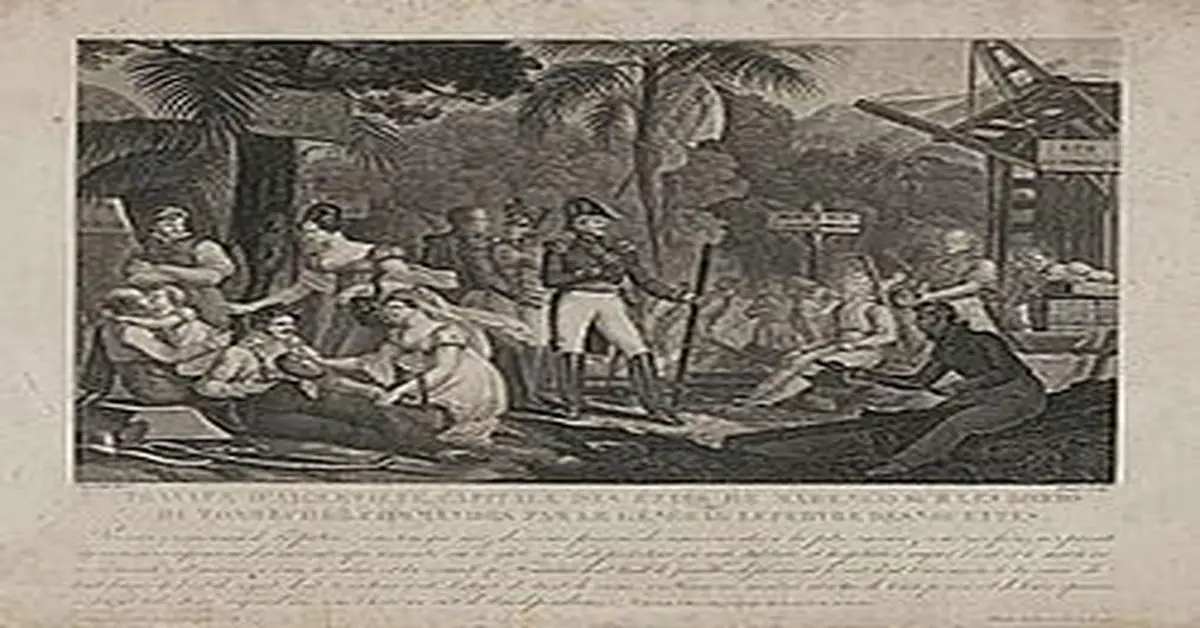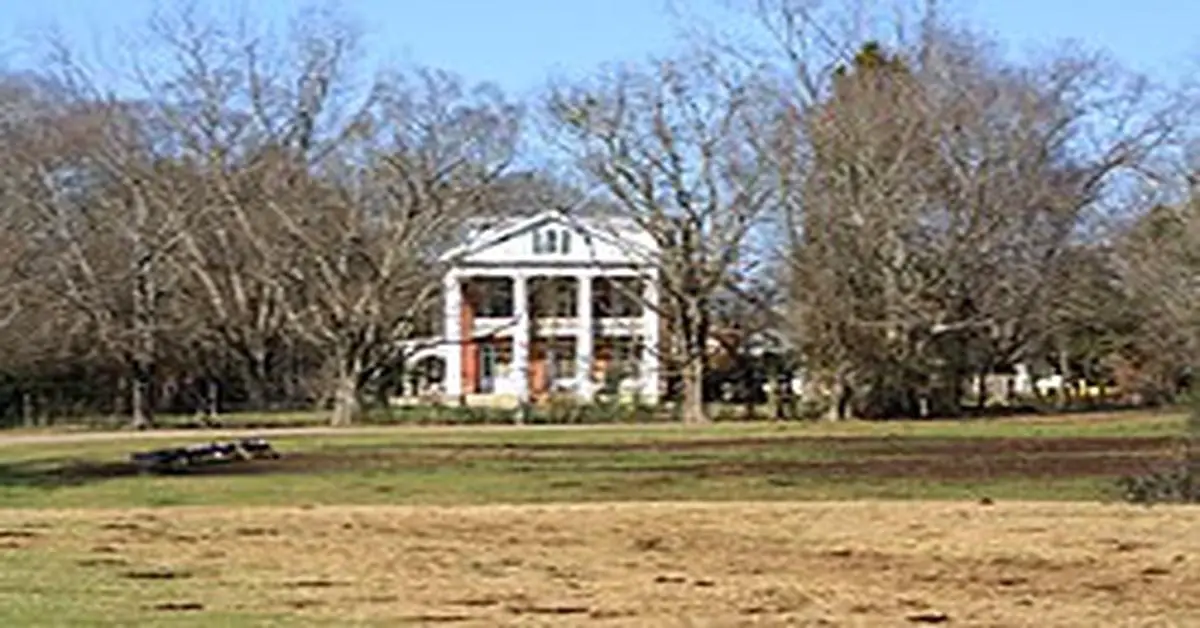Washington, located in Autauga County, Alabama, is a ghost town with a rich history dating back to the early 19th century. Once serving as the county seat, it has since faded into obscurity. Below is detailed information about the town.
County: Autauga
Zip Code: Not available
Latitude / Longitude: 32°24′22″N, 86°27′26″W
Elevation: 121 ft (37 m)
Time Zone: Central (CST) (UTC-6)
Established: 1817
Disestablished: 1879
Comments: Washington is a ghost town located in Autauga County, Alabama. Washington was founded in 1817 on the site of the former Autauga Indian town of Atagi and named in honor of George Washington. On November 22, 1819, the Alabama territorial legislature chose Washington as the county seat of Autauga County, a status it held until 1830. A courthouse, hotel, jail, post office, and pillory were constructed to meet the needs of the county government. Following the relocation of the county seat to Kingston in 1830, Washington experienced a decline, leading to its desertion by 1879.
Remains: Barren/Submerged. Currently, no significant structures are remaining from the original town.
Current Status: Washington is considered a ghost town with no remaining active community.
Remarks: The relocation of the county seat and the subsequent migration of businesses and residents accelerated the town’s decline.

